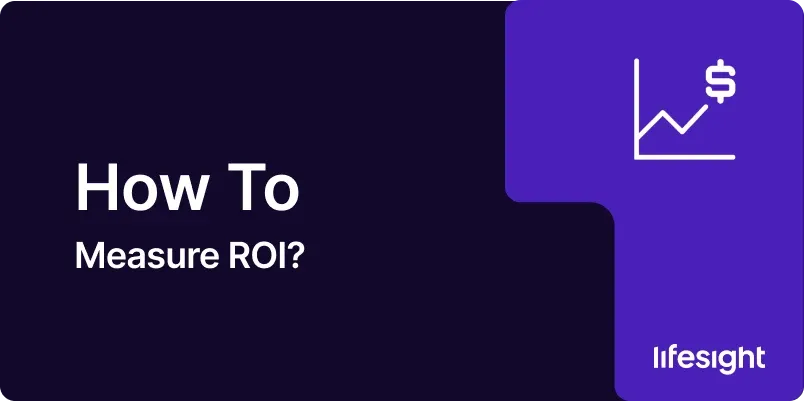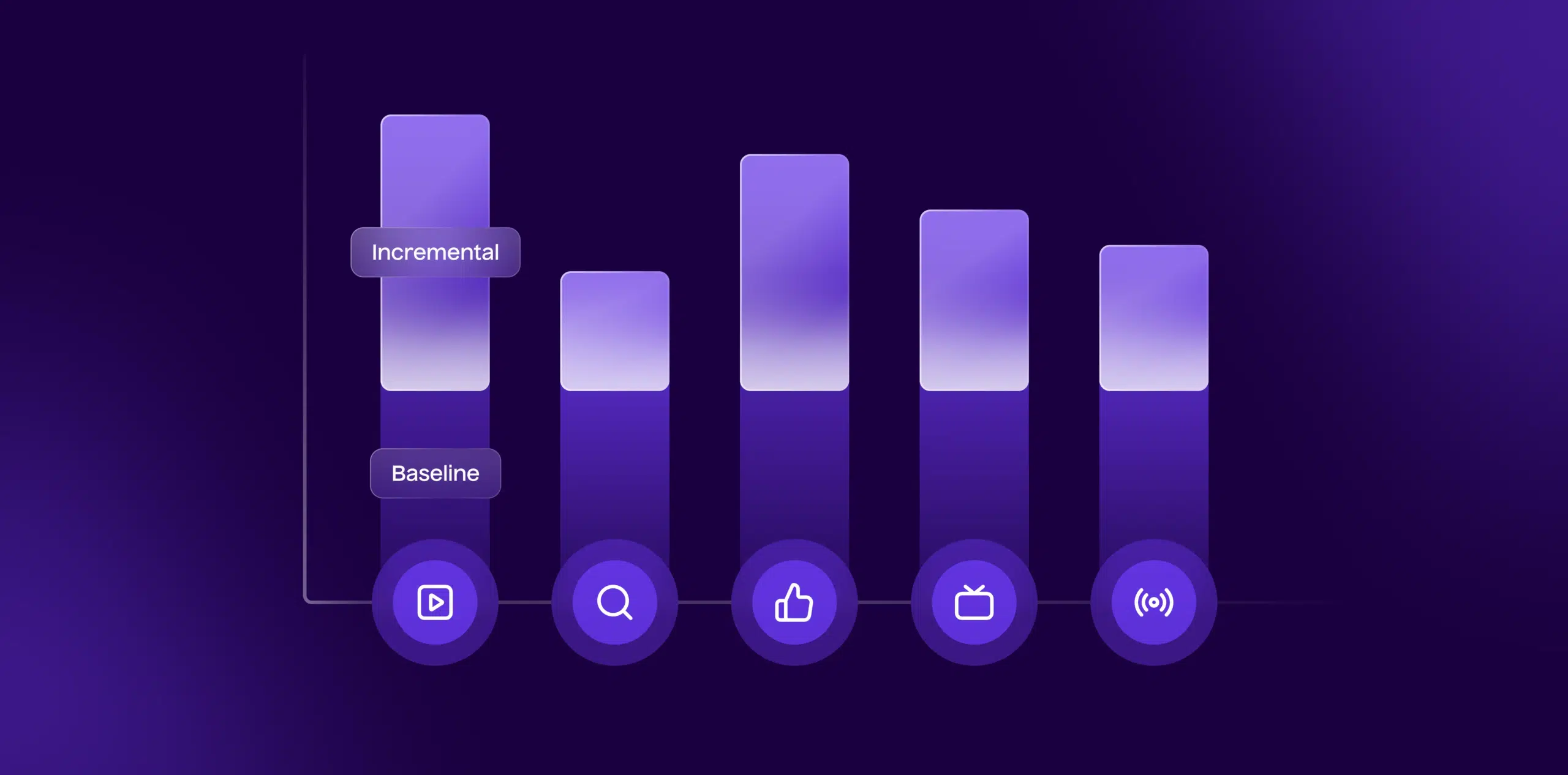
Return on Investment (ROI) is a crucial financial metric that helps businesses and individuals evaluate the profitability and efficiency of their investments. This guide will walk you through the process of calculating ROI, its applications, limitations, and alternatives.
Short Description
ROI is a financial metric that measures the profitability of an investment relative to its cost. It’s expressed as a percentage and helps in comparing different investment opportunities.
Key Terms and Definitions
Before diving into the calculation of ROI, let’s define some key terms:
Return on Investment (ROI): A performance measure used to evaluate the efficiency or profitability of an investment.
Net Profit: The total revenue generated from an investment minus all associated costs.
Initial Investment: The total amount of money or resources invested at the beginning of a project or venture.
Gain from Investment: The total revenue or benefit received from an investment.
Cost of Investment: The total expenses associated with making and maintaining an investment.
Annualized ROI: ROI calculated on an annual basis, useful for comparing investments with different time frames.
Break-even Point: The point at which total costs and total revenues are equal, resulting in neither profit nor loss.
The Formula to Calculate ROI
The basic formula for calculating ROI is:
ROI = (Net Profit / Cost of Investment) x 100%
Alternatively, it can be expressed as:
ROI = [(Gain from Investment – Cost of Investment) / Cost of Investment] x 100%
Both formulas will yield the same result, expressed as a percentage.
Example Illustrating the ROI Formula
Let’s walk through a practical example to illustrate how to calculate ROI:
Suppose you invest $10,000 in a small business venture. After one year, the business has generated $13,000 in revenue.
Calculate the Net Profit: Net Profit = Gain from Investment – Cost of Investment Net Profit = $13,000 – $10,000 = $3,000
Apply the ROI formula: ROI = (Net Profit / Cost of Investment) x 100% ROI = ($3,000 / $10,000) x 100% ROI = 0.3 x 100% ROI = 30%
In this example, the ROI is 30%, meaning you’ve earned a 30% return on your initial investment.
What ROI is Used For and Why It’s Important
ROI is a versatile financial metric used for various purposes:
Investment Evaluation: ROI helps investors compare different investment opportunities and decide which ones are most profitable.
Performance Measurement: Businesses use ROI to assess the performance of various projects, departments, or the company as a whole.
Budget Allocation: ROI can guide decisions on where to allocate resources within an organization for maximum return.
Marketing Effectiveness: Marketers use ROI to measure the success of advertising campaigns and marketing strategies.
Project Prioritization: When faced with multiple projects, ROI can help prioritize those with the highest potential returns.
Business Strategy: ROI analysis can inform long-term business strategies by identifying which areas of the business are most profitable.
The importance of ROI lies in its simplicity and universality. It provides a straightforward way to measure the efficiency of an investment, allowing for easy comparison between different opportunities. This makes it an essential tool for decision-making in both personal finance and business contexts.
Where ROI Calculation is Applied
ROI calculations are applied across various fields and industries:
Financial Investments: Stocks, bonds, real estate, and other financial instruments.
Business Operations: Assessing the performance of different business units or products.
Marketing and Advertising: Evaluating the effectiveness of marketing campaigns and advertising spend.
Information Technology: Determining the value of IT investments and projects.
Human Resources: Measuring the impact of training programs and recruitment strategies.
Manufacturing: Assessing the efficiency of new equipment or process improvements.
Retail: Evaluating store performance and product line profitability.
Education: Measuring the value of educational programs and initiatives.
Healthcare: Assessing the effectiveness of medical treatments and healthcare policies.
Government and Non-profit Sectors: Evaluating the impact of public programs and initiatives.
Limitations of ROI
While ROI is a powerful and widely used metric, it has several limitations that users should be aware of:
Time Frame Inconsistency: ROI doesn’t account for the time value of money or the duration of an investment, which can lead to misleading comparisons between investments with different time horizons.
Ignores Risk: The basic ROI calculation doesn’t factor in the level of risk associated with an investment, which is a crucial consideration in decision-making.
Oversimplification: ROI can oversimplify complex investment scenarios by reducing them to a single number, potentially overlooking important nuances.
Manipulation: ROI can be manipulated by changing the factors included in the calculation, such as excluding certain costs.
Non-Financial Impacts: ROI typically focuses on financial returns and may not capture non-financial benefits or costs, such as improved brand reputation or environmental impact.
Short-Term Focus: Emphasizing ROI can lead to a focus on short-term gains at the expense of long-term value creation.
Difficulty in Measuring Intangibles: Some investments, particularly in areas like research and development or employee training, may have indirect or long-term benefits that are difficult to quantify for ROI calculations.
Ignore Opportunity Costs: ROI doesn’t consider what could have been earned if the money had been invested differently.
Assumes Reinvestment: ROI calculations often assume that profits can be reinvested at the same rate, which may not always be realistic.
Industry Specificity: ROI benchmarks can vary significantly between industries, making cross-industry comparisons challenging.
Factors Impacting ROI
Several factors can significantly impact ROI calculations and results:
Initial Investment Cost: Higher initial costs can lead to lower ROI, all else being equal.
Revenue Generation: The ability to generate revenue efficiently is crucial for a positive ROI.
Operating Expenses: Ongoing costs associated with an investment can significantly affect its profitability and ROI.
Market Conditions: External factors such as economic climate, competition, and market demand can influence an investment’s performance.
Time Frame: The duration of an investment can impact its ROI, with longer-term investments potentially yielding different results than short-term ones.
Risk Level: Higher-risk investments may offer the potential for higher returns but also carry a greater chance of losses.
Technology and Innovation: Technological advancements can either improve ROI through increased efficiency or decrease it by rendering current investments obsolete.
Regulatory Environment: Changes in laws and regulations can impact the profitability of investments in certain sectors.
Management Efficiency: The effectiveness of management in utilizing resources and maximizing returns can significantly affect ROI.
Scale of Operations: Economies of scale can sometimes lead to improved ROI as operations grow.
Customer Satisfaction and Retention: In many businesses, customer loyalty can lead to recurring revenue, positively impacting ROI over time.
Brand Value: A strong brand can command premium pricing or market share, potentially leading to higher ROI.
Other Strategies for Assessment
While ROI is a valuable metric, it’s often beneficial to use it in conjunction with other financial and non-financial assessment strategies:
Net Present Value (NPV): NPV calculates the present value of all future cash flows, accounting for the time value of money.
Internal Rate of Return (IRR): IRR is the discount rate that makes the NPV of all cash flows equal to zero, useful for comparing investments with different sizes and durations.
Payback Period: This measures how long it takes for an investment to recoup its initial cost.
Benefit-Cost Ratio (BCR): BCR compares the total benefits of a project with its costs.
Total Cost of Ownership (TCO): TCO considers all direct and indirect costs associated with an investment over its entire lifecycle.
Balanced Scorecard: This approach combines financial metrics with other performance indicators like customer satisfaction, internal processes, and learning and growth.
Economic Value Added (EVA): EVA measures the value created above the required return for the company’s investors.
Social Return on Investment (SROI): SROI is used to evaluate social and environmental impacts alongside financial returns.
Customer Lifetime Value (CLV): CLV estimates the total value a business derives from its entire relationship with a customer.
Key Performance Indicators (KPIs): Industry-specific KPIs can provide valuable insights into performance and efficiency.
The Relationship Between ROI and Other Metrics
Understanding how ROI relates to other financial metrics can provide a more comprehensive view of investment performance:
ROI and Profit Margin: While ROI measures the return relative to the investment cost, profit margin measures profitability relative to revenue. Both are important for assessing financial performance.
ROI and ROA (Return on Assets): ROA measures how efficiently a company uses its assets to generate profits. ROI is typically used for specific investments, while ROA is used for overall company performance.
ROI and ROE (Return on Equity): ROE measures the return generated on shareholders’ equity. It’s similar to ROI but focuses specifically on the return to equity investors.
ROI and ROCE (Return on Capital Employed): ROCE measures the efficiency and profitability of a company’s capital investments. It’s similar to ROI but takes into account the total capital employed, not just the initial investment.
ROI and Payback Period: While ROI tells you the percentage return, the payback period tells you how long it takes to recoup the initial investment. They are often used together for a fuller picture.
ROI and NPV: NPV considers the time value of money, which ROI doesn’t. A positive NPV usually indicates a good investment, but the ROI might provide a clearer picture of the return in percentage terms.
ROI and IRR: IRR is the discount rate that makes the NPV zero. It’s often used alongside ROI, especially for comparing investments with different timelines or scales.
ROI and Cash Flow: While ROI focuses on profitability, cash flow analysis looks at the actual movement of cash in and out of a business. Both are crucial for financial health.
ROI and Break-even Analysis: Break-even analysis determines the point at which total costs and total revenues are equal. ROI helps evaluate profitability beyond the break-even point.
ROI and Opportunity Cost: While not directly measured by ROI, understanding opportunity cost (the potential benefits an investor misses out on when choosing one investment over another) is crucial in interpreting ROI figures.
Benefits of Calculating ROI
Calculating ROI offers numerous benefits for businesses, investors, and decision-makers:
Informed Decision Making: ROI provides a clear, quantifiable metric to support investment decisions, helping to allocate resources more effectively.
Performance Evaluation: It allows for the assessment of past investments and ongoing projects, identifying which are most successful and which may need improvement or termination.
Benchmarking: ROI enables comparison between different investments, projects, or strategies, as well as against industry standards or competitors.
Goal Setting: By understanding ROI, organizations can set realistic and achievable financial goals for future investments and projects.
Stakeholder Communication: ROI is a widely understood metric that can be used to communicate the value and performance of investments to stakeholders, including investors, board members, and employees.
Budget Justification: When proposing new projects or requesting resources, ROI calculations can provide strong justification for budget allocations.
Risk Assessment: Although ROI itself doesn’t measure risk, the process of calculating ROI often involves assessing potential risks and their impact on returns.
Continuous Improvement: Regular ROI analysis can highlight areas for improvement in business operations, leading to increased efficiency and profitability.
Strategic Planning: Understanding the ROI of various business activities can inform long-term strategic planning and resource allocation.
Marketing Optimization: In marketing, ROI calculations help optimize spending across different channels and campaigns.
Employee Performance Metrics: ROI can be used as part of employee performance evaluations, particularly for roles with direct impact on revenue or cost savings.
Investor Relations: For public companies, demonstrating strong ROI can attract investors and positively influence stock prices.
Competitive Advantage: Companies that effectively use ROI to guide their decisions may gain a competitive edge through more efficient resource utilization.
In conclusion, while ROI is a powerful and widely-used financial metric, it’s most effective when used in conjunction with other assessment tools and with a clear understanding of its limitations. By mastering the calculation and interpretation of ROI, decision-makers can make more informed choices, optimize resource allocation, and drive improved financial performance across various sectors and industries.
Free essential resources for success
Discover more from Lifesight















